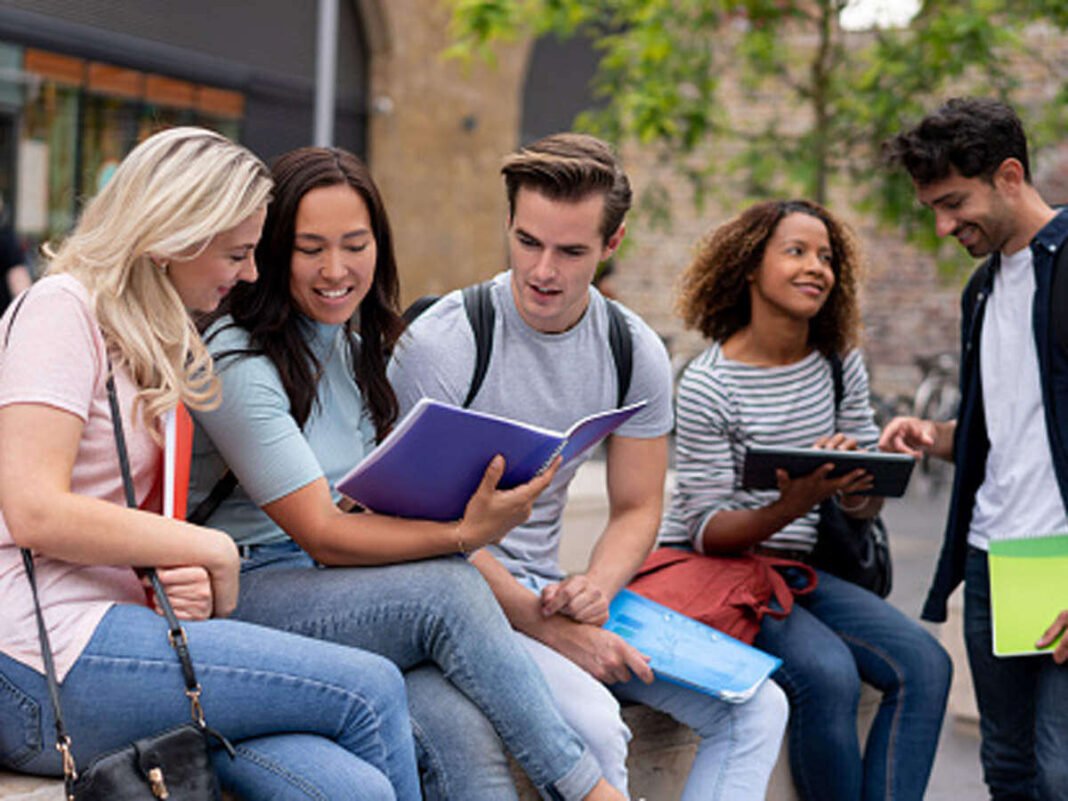According to several studies (click), motivating and giving “confidence” is key on the part of the teacher to increase the academic performance of the students .
Many teachers are heard saying “I hope that even if it is someone can get an A!”, they not only underestimate the faculties of the students, but they are predisposing them.
The researchers in this study have shown that students who have been motivated and have ” confidence ” have greater academic success, more stable friendships and demonstrated greater creativity and better problem solving . They also have lower levels of depression and anxiety, and are even less likely to drop out of school. Confidence has been shown to be directly linked to a positive attitude and high self-esteem, students who have this feeling tend to create much stronger social relationships.
But then, how to identify that students are motivated and confident? According to the study, identifying this is relatively simple: They are those students who recognize that they are failing and do not blame others, instead, they use it to improve their performance for the next opportunity. They are also more optimistic and when they see an obstacle, they are the ones who repeat to themselves: “I can do this. I will not resign “.
Some students often lose confidence as a result of their family circumstances, such as students who have witnessed domestic violence. The good news is that trust can thus be cultivated and re-acquired, even among students who are at risk of losing it.
But first we have to understand what the word trust means for scientists, this does not mean having illusions of: “I hope to win the lottery”.
In the profile of a student with confidence you will find:
- Set clear and achievable goals.
- Develop multiple strategies to reach your goals.
- Be motivated to use strategies to achieve goals, even when the going gets tough.
For educators who want to help their students develop these self-confidence skills, here are some guidelines based on current research:
1) Identify and prioritize their top goals, from macro to micro: Have them create a “big picture” list of what is important in their lives, such as academics, friends, family, etc. the sport they practice or the career they are interested in and then make them reflect, making them put by number of importance. Keep in mind that goals should be what students want, not what their parents or schools want. Researchers have found this to be especially important for students with low self-confidence, as they often attempt whatever goal comes to mind, distracting their attention and energy, not paying attention to what’s really important.
2) Break goals into small steps: Students with low confidence often tend to give up on one goal or try to accomplish them all at once. This is because they have not had parental guidance on how to achieve goals step by step. Teaching them how to view their goals as a series of steps will also give students reason to celebrate their small successes and give them reason to maintain a positive attitude and a winner’s mindset.
3) There is more than one way to reach a goal: Generally, students who have problems with a subject such as mathematics, believe that this problem will repeat itself throughout their lives. Often it is due to the lack of tools and methodologies of the institution where they study. This makes them believe that they are not good at it and they get discouraged before they even start. These students need to be reminded that everyone faces obstacles and that success often requires creative ways to overcome these obstacles, not avoid them altogether.
4) . Show them cases of successful people: Students who have a high level of optimism and confidence identify with people they have had. On the other hand, students with low hope are generally not surrounded by or know of a history of people who have come out ahead. This is why it is vitally important that teachers tell stories of other people, especially those with whom they can identify, to show you some techniques and strategies on how to get ahead.
5) Keep them upbeat and in a good mood. It is important to teach students to enjoy the process of reaching their goals, including laughing at themselves when they face obstacles and make mistakes. Self-pity should be avoided as much as possible.
Helping our students cultivate hope might be one of the most important things we do for them. It will help them achieve more in the short term and thus give them the confidence and creativity to reach their long-term goals in school and in life.















